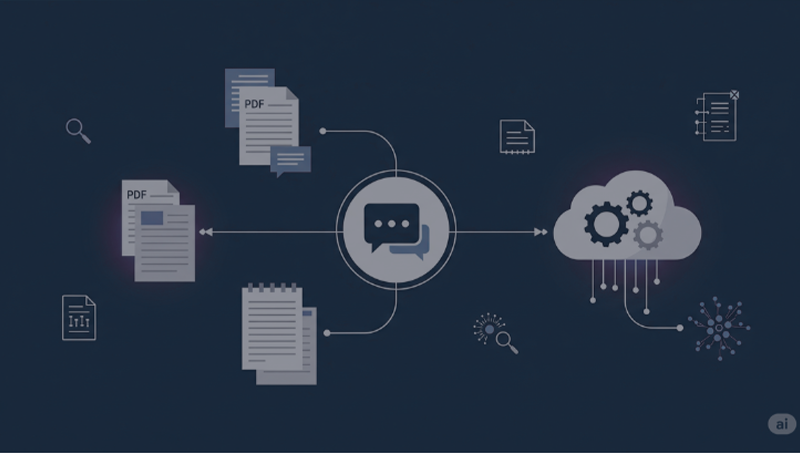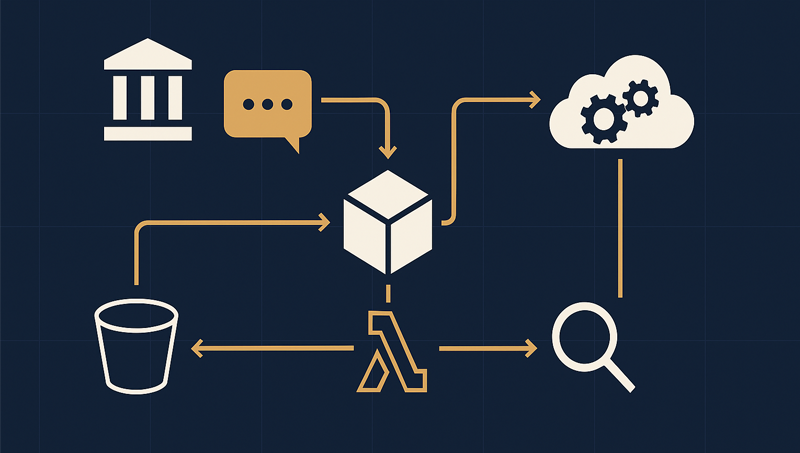Use Cases

Building a Semantic Video Search System
Building a Semantic Video Search System
From video to structured insight. Our AI-native pipeline transcribes, cleans, summarizes, and connects your content, turning hours of footage into intelligent answers.
Learn more

24/7 Support AI Agent
24/7 Support AI Agent
Instant, context-aware answers from your internal content. This AI-native chatbot uses LLMs, vector search, and Bedrock agents to deliver fast, accurate support at scale.
Learn more

Natural-Language Economic Insights
Natural-Language Economic Insights
AWS Bedrock and serverless architecture to fetch and analyze Central Bank data via natural language, delivering secure, scalable, cost-efficient insights with charts in seconds.
Learn more
 Cloud Solutions
Cloud Solutions AI & Machine Learning
AI & Machine Learning Platform Engineering
Platform Engineering Application Development
Application Development Clients
Clients Partners
Partners



